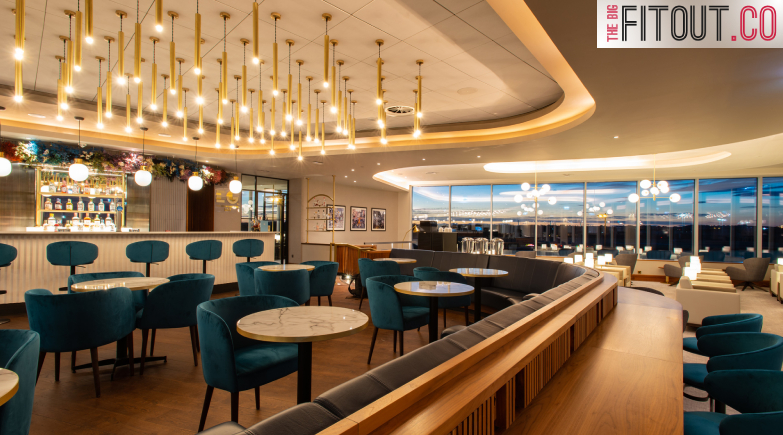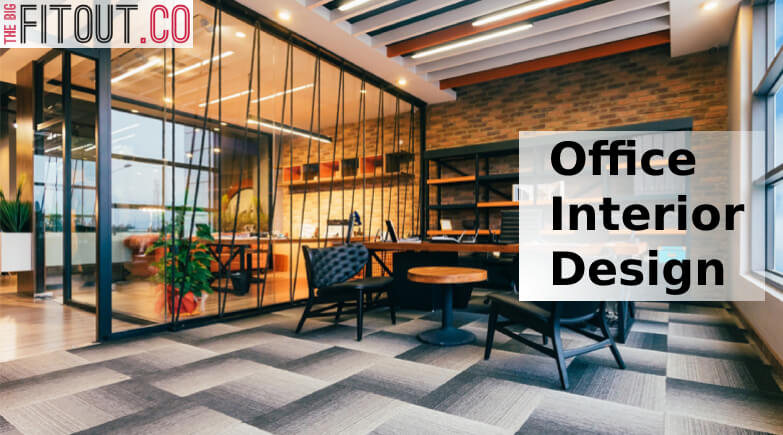
How Technology is Shaping the Future of Interior Design?
Interior design has always been about creativity and innovation, and technology is rapidly shaping the future of this industry. From virtual reality to 3D printing, designers are now able to explore new design concepts and create stunning interiors with unprecedented ease and precision. In this article, we will explore some of the ways in which technology is changing the landscape of interior design.
List of technologies that are shaping the future of Interior Design
1. Virtual Reality
Virtual reality (VR) is a game-changer in the field of interior design. With VR, designers can create immersive 3D environments that allow clients to experience a space before it is built. This technology allows designers to experiment with different layouts, colour schemes, and furniture placement in real-time, giving clients a better understanding of how their space will look and feel.
2. 3D Printing
3D printing is another technology that is revolutionising interior design. With 3D printing, designers can create custom furniture, fixtures, and even entire rooms, with incredible precision and accuracy. This technology allows designers to create complex designs that would be impossible to create with traditional manufacturing methods.
3. Artificial Intelligence
Artificial intelligence (AI) is also playing a role in the future of interior design. With AI, designers can analyse large amounts of data to determine trends and patterns, allowing them to make more informed design decisions. AI can also be used to create customised designs based on a client’s preferences and needs. AI can play a significant role in interior design companies by providing advanced tools and techniques to designers. AI helps interior designers to create personalized designs that meet their clients’ specific needs.
4. Augmented Reality
Augmented reality (AR) is another technology that is transforming the interior design industry. With AR, designers can overlay digital images onto the real world, allowing clients to visualise how a design concept will look in their space. This technology is particularly useful for visualising furniture and decor, as clients can see how a particular piece will look in their room before they make a purchase.
5. Smart Home Technology
Smart home technology is another trend that is shaping the future of interior design. With smart home technology, designers can incorporate automated lighting, temperature control, and security systems into their designs. This technology not only adds convenience and comfort to a space, but it can also increase energy efficiency and reduce costs.
6. Sustainable Design
Sustainability is a growing concern in the interior design industry, and technology is playing a role in addressing this issue. With advances in materials science and manufacturing, designers can create sustainable materials that are both durable and eco-friendly. This technology allows designers to create beautiful interiors that are also environmentally responsible.
7. Collaborative Design
Technology is also making it easier for designers to collaborate with clients and other professionals. With cloud-based software and project management tools, designers can share ideas, designs, and information with clients and team members in real-time. This technology streamlines the design process, reducing errors and increasing efficiency.
Conclusion
The future of interior design is bright, thanks to the many advances in technology. With virtual reality, 3D printing, artificial intelligence, augmented reality, smart home technology, sustainable design, and collaborative design tools, designers are able to create stunning interiors that are both beautiful and functional. As technology continues to evolve, we can expect to see even more innovative solutions that will shape the future of interior design for years to come.

